Flyability has rolled out Smart Return-to-Home (Smart RTH), a feature that promises to redefine how pilots operate the Elios 3 drone in punishing environments. Unveiled recently on Flyability’s site, this update taps into the drone’s onboard autonomy and LiDAR to calculate and execute the shortest, safest return path—without forcing pilots to retrace their steps manually. Available exclusively to Premium software subscribers, Smart RTH isn’t just a convenience; it’s a glimpse into a future where drones handle inspections with minimal human input. Here’s what it does, how it works, and what it means for the industry.
A Lifeline for High-Stakes Inspections
The Elios 3 already thrives where other tools falter—think sprawling underground caverns, cramped industrial ducts, or radioactive zones. These missions demand precision and quick thinking, as pilots juggle data collection with battery life and navigation hazards. Smart RTH steps in to ease that burden. When activated, it lets the drone chart its own way back to the starting point, dodging obstacles and optimizing battery use. Pilots can override it anytime, but the option to offload return planning could be a game-changer in high-pressure scenarios.
Charles Rey, Flyability’s Head of Training, frames it bluntly: “It’s a ‘get me out of here’ button.” That simplicity belies its value. By freeing pilots to focus on capturing data rather than plotting an exit, Smart RTH could stretch flight times and reduce the odds of losing a $20,000+ drone in a maze of steel or stone.
How Flyability’s Smart RTH Works
Unlike basic return-to-home systems that blindly retrace a flight path or climb to a fixed altitude, Smart RTH leans on real-time environmental mapping. The Elios 3’s LiDAR and autonomy algorithms continuously scan surroundings during flight, building a dynamic 3D model. When the pilot triggers Smart RTH—prompted by a cockpit gauge showing remaining flight time (typically around 10-12 minutes total for the Elios 3)—the drone analyzes this map, pinpoints the home location, and computes the most direct route back. If that means cutting through a new path rather than backtracking, it does so, sidestepping walls or debris along the way.
The flight time management gauge adds another layer. It flags an RTH advisory threshold—say, 3-4 minutes of battery left—giving pilots a clear cue to wrap up. Once underway, the return is hands-off unless the pilot intervenes. Flyability claims this works across the Elios 3’s full range of environments, from tight 2-foot-wide passages to dusty, open chambers.
Why It Matters
For drone pros, the immediate payoff is efficiency. Longer flights mean more data per sortie, and less mental bandwidth spent on navigation translates to sharper focus on inspection goals. In a sewer line or power plant, where every minute Aloft costs money and downtime, that’s significant. The reduced risk of crashes also protects investments—both in equipment and training.
But the bigger story is autonomy. Flyability isn’t hiding its ambitions: Smart RTH is “phase one” of a push toward fully automated inspections. The same tech that powers this feature—real-time mapping, collision avoidance, basic object recognition—lays the groundwork for drones that could one day scout and survey without constant human guidance. That’s a leap beyond today’s semi-autonomous systems, like DJI’s obstacle-sensing consumer drones, and it’s tailored for industrial-grade challenges.

The Tech Under the Hood
Smart RTH hinges on an onboard algorithm that fuses LiDAR data with flight control logic. As the Elios 3 flies, it tracks its position relative to obstacles and the home point, updating its escape plan on the fly. The system’s collision avoidance isn’t just reactive—it’s predictive, plotting trajectories that steer clear of trouble. Flyability says this adaptability lets the drone handle complex spaces where GPS is useless and traditional RTH would falter.
At 4.4 pounds with a 20-inch diameter, the Elios 3 is built tough—its carbon-fiber cage shrugs off impacts—but Smart RTH adds a layer of intelligence to that resilience. The Premium software subscription, priced at around $5,000 annually based on Flyability’s past tiers, unlocks this alongside tools like the flight gauge, signaling a shift toward software-driven value.
Market and Regulatory Ripples
Flyability’s move aligns with a broader trend. The global industrial drone market is projected to hit $57.8 billion by 2030, fueled by demand for automation in inspection and mapping. Competitors like DJI and Auterion are also chasing autonomy, but Flyability’s focus on confined, GPS-denied spaces carves out a niche. Smart RTH could give it an edge in sectors like energy, mining, and infrastructure, where safety and uptime are non-negotiable.
Regulations, though, loom large. In the U.S., FAA rules under Part 107 require a pilot in command and cap drone flights at line-of-sight unless waived—a hurdle for fully autonomous ops, although not for indoor drone flights. Europe‘s EASA framework is more flexible, but harmonizing autonomy with safety standards remains a work in progress. Flyability’s pilot-in-the-loop design sidesteps some of these issues for now, but as automation deepens, expect scrutiny to follow.
Flyability’s Software Bet
Locking Smart RTH to a Premium tier isn’t just a revenue play—it’s a signal. Flyability is doubling down on software to differentiate its hardware in a crowded field. The Elios 3, launched in 2022, already boasts a 12.5-megapixel camera and modular payloads (think thermal imaging or dust-proof LiDAR). Bundling advanced features like Smart RTH into a subscription—likely costing $400-$500 monthly—pushes users toward recurring commitments while funding R&D for what’s next.
That “next” is already in sight. Flyability’s teasing more autonomy tools, possibly including pre-programmed inspection routes or AI-driven anomaly detection. A webinar slated for April 15, 2025, will unpack this roadmap further, hinting at a pipeline built on Smart RTH’s foundation.
A Step Toward Drone Independence
Smart Return-to-Home isn’t revolutionary on its own—it’s an evolution of what the Elios 3 already does well. But its implications are hard to ignore. By blending autonomy with practical pilot support, Flyability is nudging the industry closer to a future where drones don’t just assist but lead inspections. For now, it’s a tool that saves time and stress in brutal environments. Down the line, it could redefine how we TRUST machines to see what humans can’t.
The catch? It’s a Premium perk, and at today’s exchange rate (1 CHF = $1.05 USD as of March 26, 2025), the cost might sting for smaller operators. Still, for pros tackling high-stakes jobs, the investment could pay off in safer, smarter flights. This is Flyability flexing its engineering muscle—and testing the market’s appetite for software as the new frontier in drone tech.
Discover more from DroneXL.co
Subscribe to get the latest posts sent to your email.

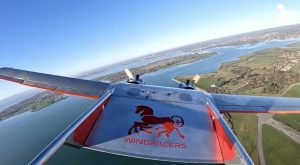
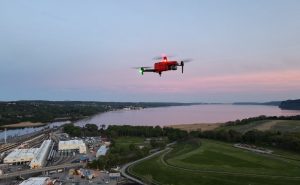
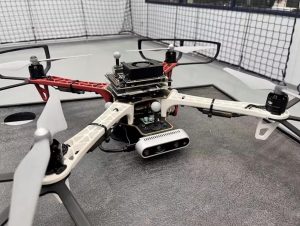

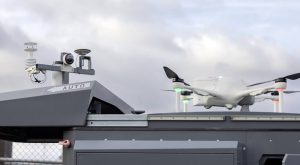


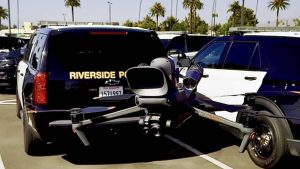
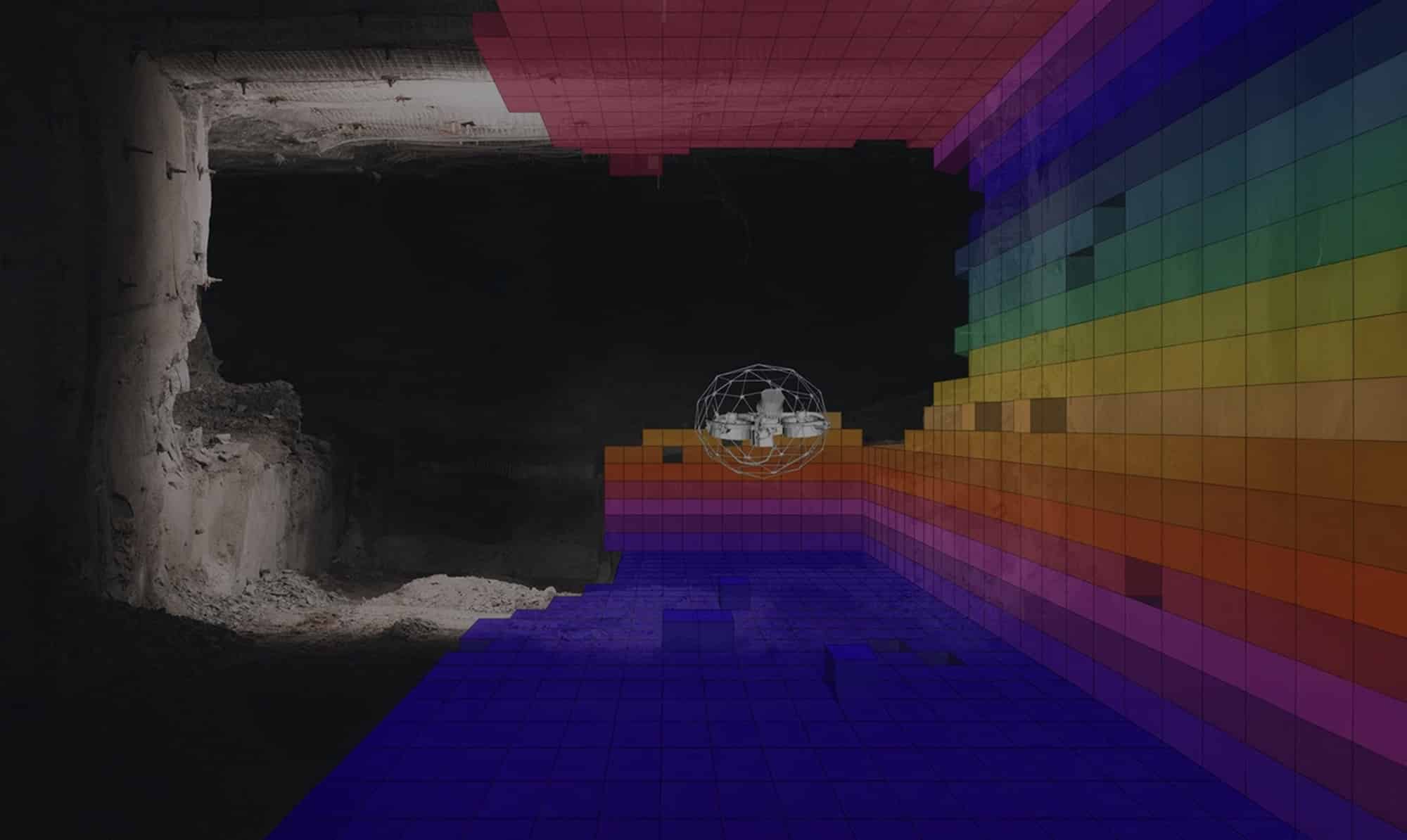

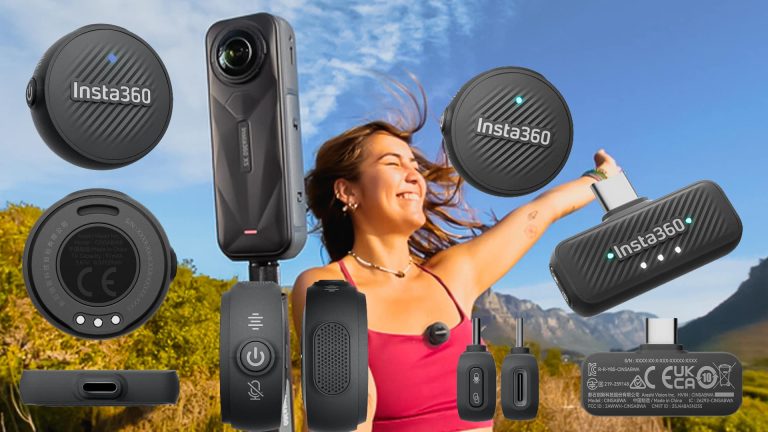
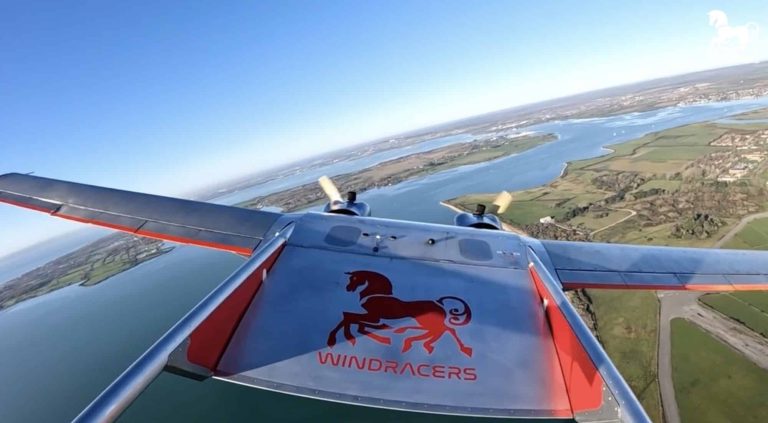

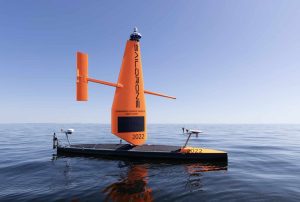
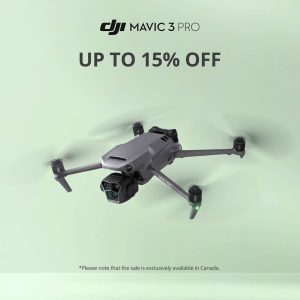
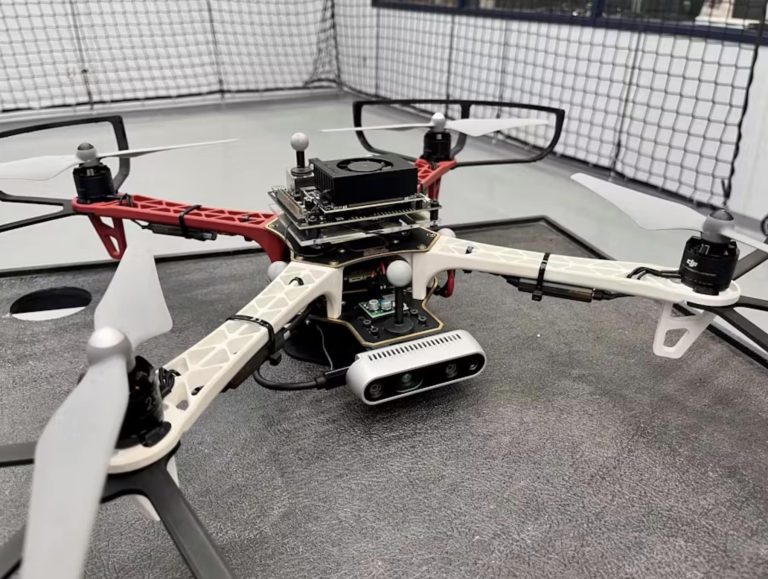

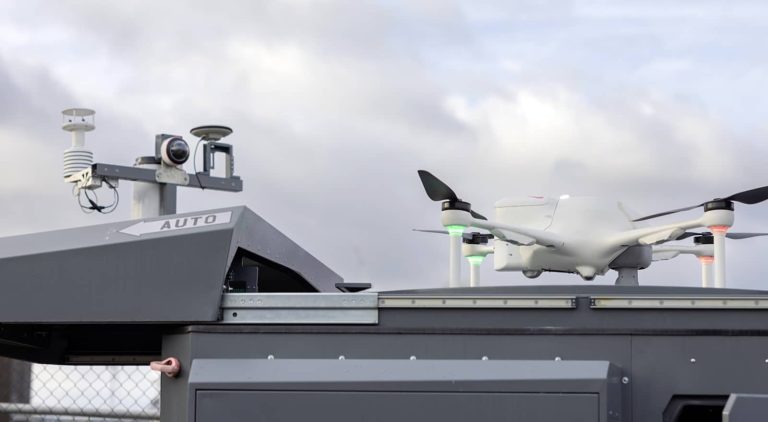


+ There are no comments
Add yours